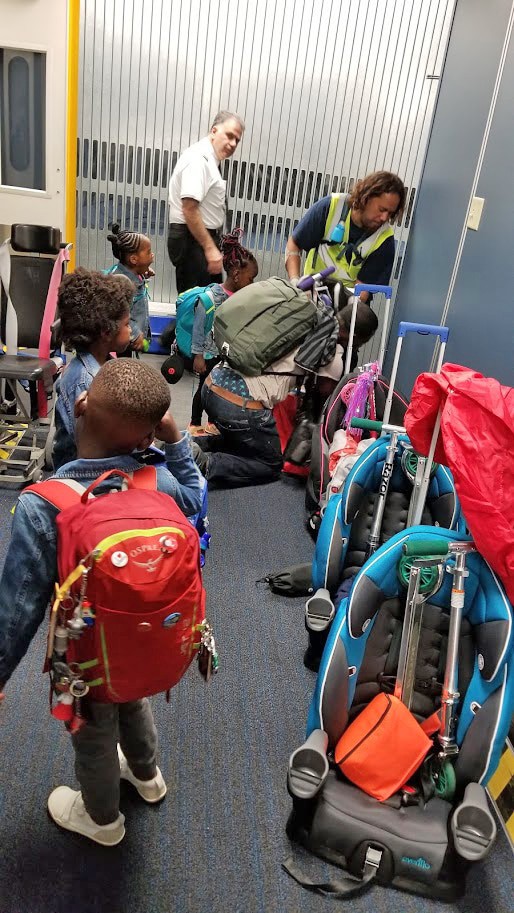

Even if the vest is loose on the child, as long as the seat belt is low on the hips/lap and the shoulder portion is mid chest/mid shoulder then we are accomplishing the desired outcome.The seat belt is doing the restraining (when using the lap/shoulder belt) not the vest. The vest is a seat belt positioning device which means that the fit of the vest on the child is less important than the positioning of the seat belt on the child. We can send a couple replacements of a firmer guide with an offset opening ASAP. If you are still having problems with the belt coming out of the clips, let us know. It is a seat belt positioning device with some added features. Think of the vest more like you would a booster (only better). I know this is a new feeling after so many years of using 5-point harness seats. It does not need to be “pushing down” on the child’s lap, just lying there is sufficient. The goal is to have the seat belt pre-crash positioned on the lap and shoulder.The small amount of “slack” that you allow in the system by leaving it in a “neutral” tension versus pulling tight will not negatively affect crash performance. By using the vest you have lowered and moved your child back several inches into the protected area of the seat space. As odd as it may sound, you can loosen the belt just a bit to not put so much tension on it.It is OK if the lap belt bunches some and it is not a safety issue but we do want it to stay in the clips so if it is coming out, here are a couple things that you can try:
Does frontier provide bags for child restraint systems free#
You want keep the lap belt free of twists and as flat as possible across the thighs. Really it comes down to a choice we make as parents. The potential for injury is virtually the same. We are restraining the body with the harness or vest/seat belt and the head is being thrust forward, dependent upon the neck to hold back the child’s disproportionally large head. The truth is that whether forward facing in a 5-point harness or forward facing in the RideSafer vest, in a frontal crash (the most common type), the end mechanism is the same. Ideally an adult will sit next to the child to help keep the child in proper position. If you are taking taxis, using ride shares or traveling without your usual car seat and the choice comes down to using a RideSafer for a 2-year-old versus having your child buckled in with you (definitely not a safe option) or even buckling them in with no positioning device we would prefer a parent to use a RideSafer.

We bought an inexpensive lightweight seat for travel and left our nice one in our car at home ready for our return. This is what we did when our children required rear-facing while traveling. If this is the option you choose, there are very inexpensive lightweight convertible seats that make travel easier. We realize while traveling this can be very inconvenient. The safest option for an 2-year-old is to use a rear-facing car seat. The manufacturer crash tested it for use with younger children, starting at age 2.


 0 kommentar(er)
0 kommentar(er)
